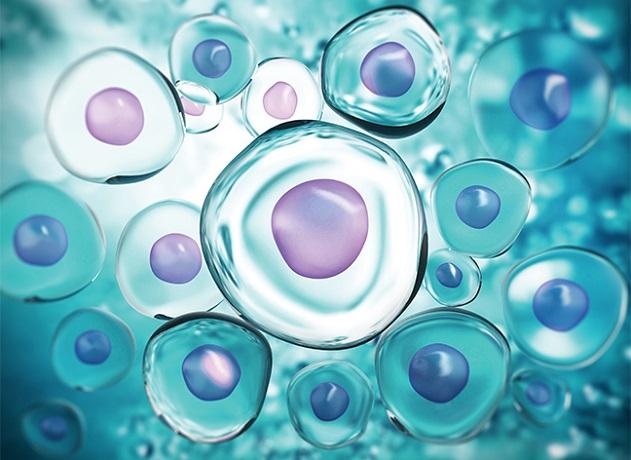Part I of this article was originally published in PharmaPhorum.
Novel oncologic drugs continue to command premium pricing, driven by a combination of unmet needs, and delivering often-iterative, sometimes-significant improvements in survival or maintenance of a progression-free state. The stable of PD-1/PD-L1 checkpoint inhibitors, led by Keytruda (pembrolizumab), represents the current generation of high value, high price drugs to tackle a variety of cancers in mono- or combination therapy. However, despite the growing number of available products focusing on the same target, prices are not showing the significant decrease that one might expect from a rapidly commoditizing market.
While it is typical, in Europe at least, to see prices fall with subsequent indication expansions, these decreases have perhaps not been as significant as payers may have hoped. Although the sticker shock that was at first associated with Yervoy (ipilimumab) in 2011 – in the early days of immuno-oncology monoclonal antibodies – has fallen by the wayside, especially in light of CAR-Ts and other “one and done” cell and gene therapies, the field of non-orphan oncology remains a target for cost savings by payers.
Click here to read more.



